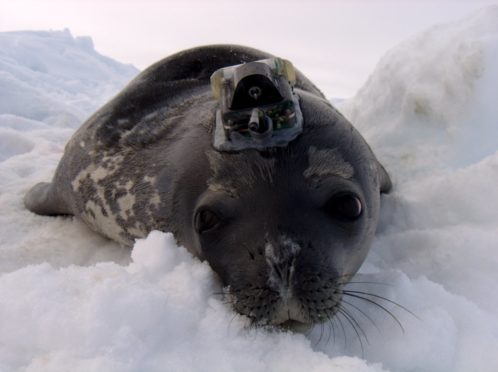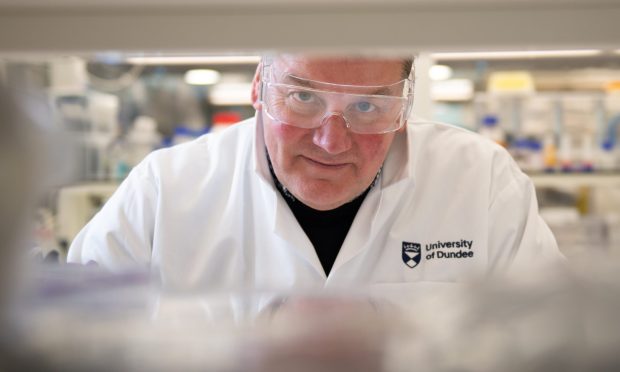Seal behaviour in the Antarctic will be studied by academics from the University of St Andrews to find out how fast a massive glacier is melting.
Dr Lars Boehme and Guilherme Bortolotto De Oliveira from the Sea Mammal Research Unit at the University of St Andrews will set sail today (Tuesday 29 January) on the first ship-based research expedition to Thwaites Glacier in West Antarctica as part of the International Thwaites Glacier Collaboration.
The 50-day scientific cruise on board the US icebreaker Nathanial B Palmer is part of a five-year project to understand how quickly the glacier, which is the size of the UK, could melt. If Thwaites Glacier were to melt completely, sea levels would rise by 80cm.
Seal ecologist Dr Boehme is overseeing the tagging of elephant seals and Weddell seals which live near the ice front of the glacier, and so are ideally positioned to provide information about these areas which are hard for researchers to access.
The mammals will be tagged with sensors to help researchers understand more about their behaviour and the ocean conditions where the ice front of the glacier meets the ocean.
Dr Boehme said: “These tiny sensors, which are temporarily glued to the animals’ fur and fall off during moulting, will allow us to measure the ocean’s heat, which can highly affect the melting rate of the floating part of the glacier.
“Getting the right data is particularly difficult, especially during the winter when the ocean surface is covered by sea ice and inaccessible for research ships. We will therefore tag 18 seals in this area. Oceanographic and behavioural data are then collected whenever the seal dives and sent back using satellites while the seal is back at the surface to take a breath.”
The ship will spend seven weeks in front of Thwaites Glacier conducting a range of scientific experiments and deploying a range of instruments.
This joint £20m research programme started this season and is one of the most detailed and extensive examinations of a massive Antarctic glacier ever undertaken.










